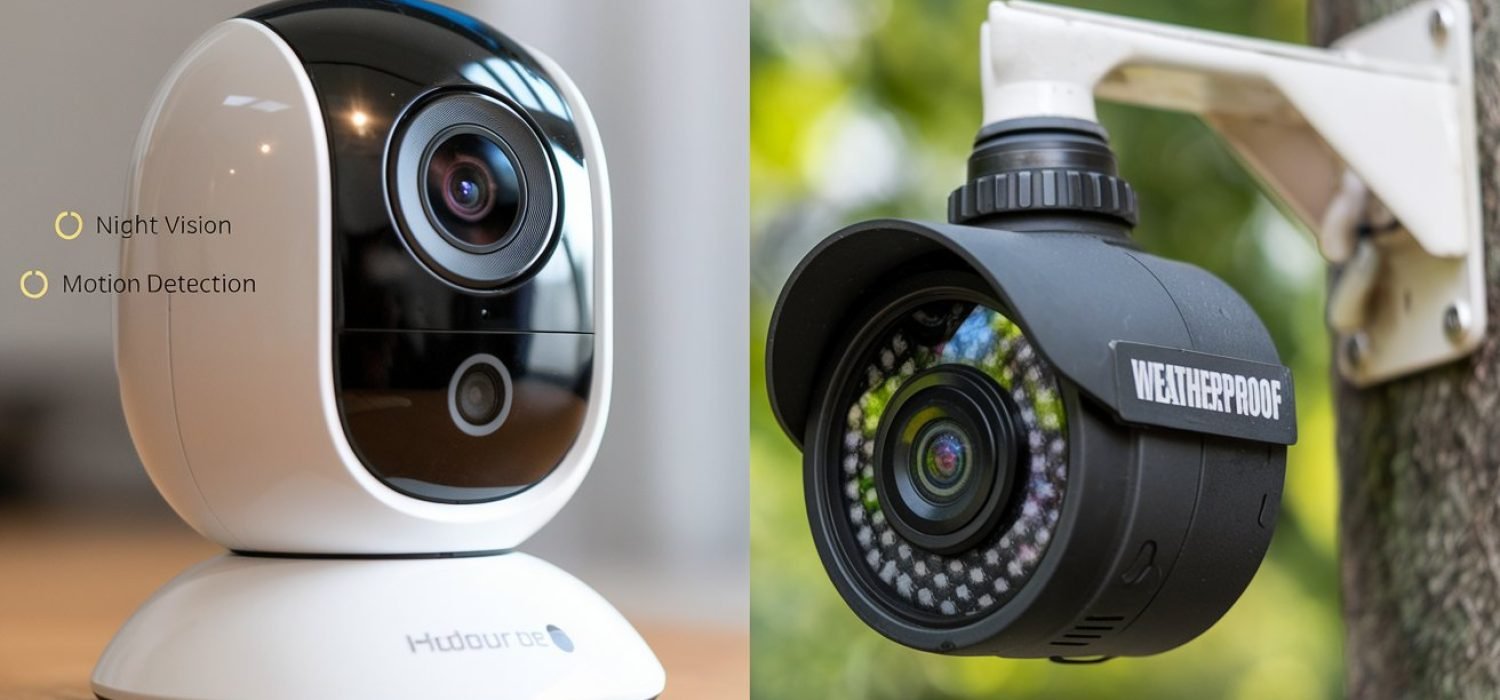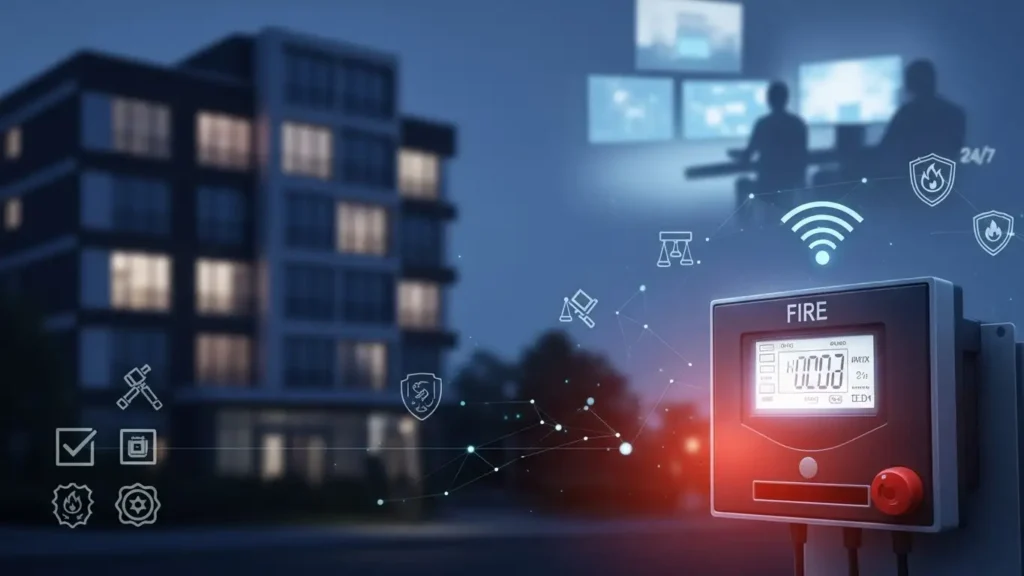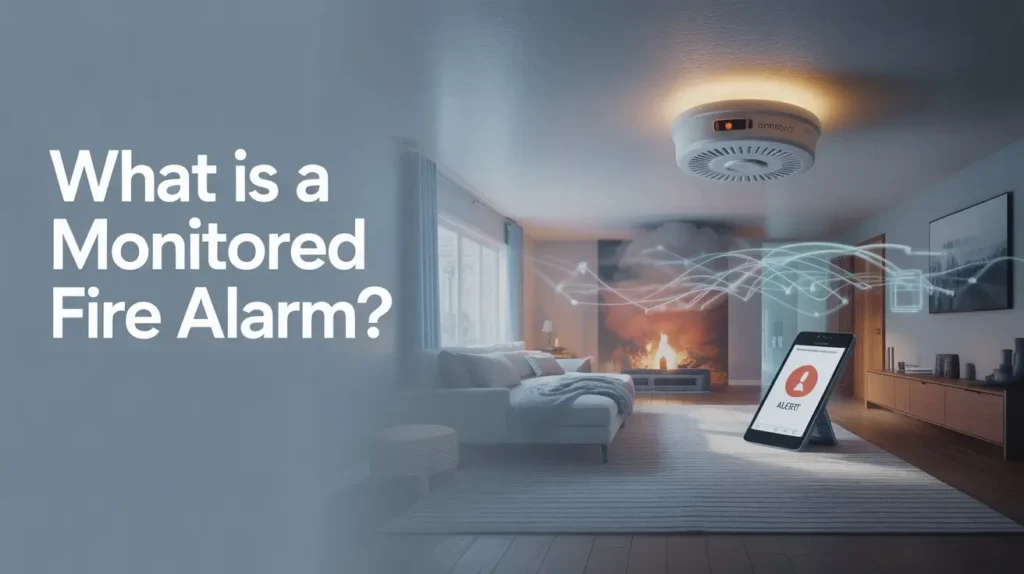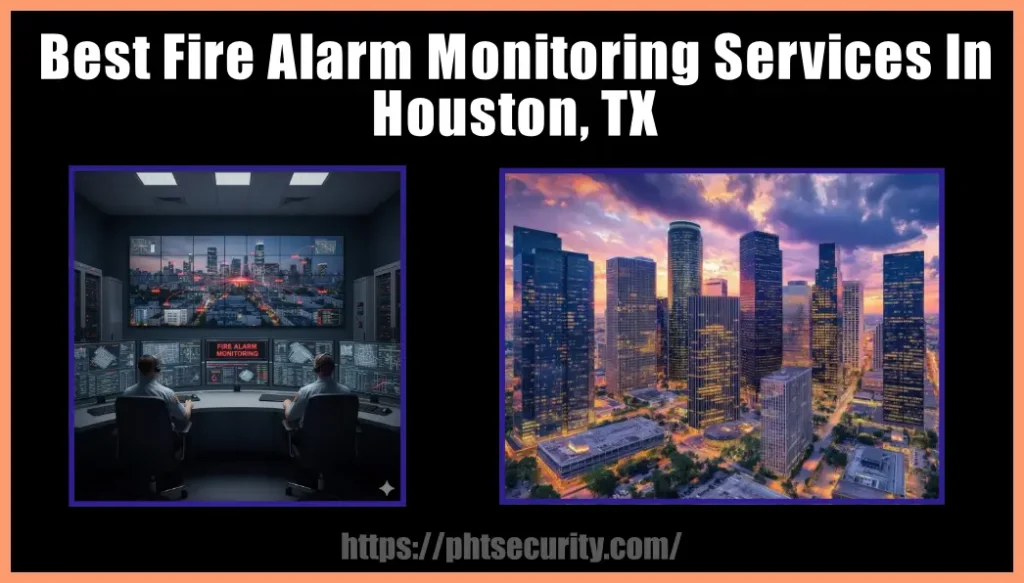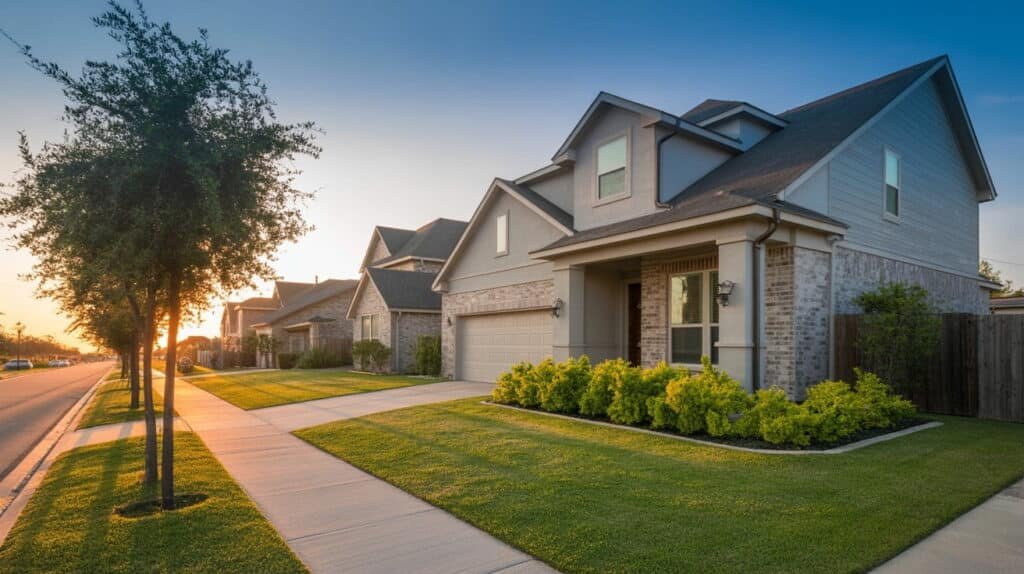Security cameras have become an essential component of modern surveillance systems, helping homeowners and businesses protect their properties. However, indoor and outdoor security cameras serve different purposes and come with distinct features tailored to their respective environments. In this article, we will explore the five key differences between indoor and outdoor security cameras to help you make an informed decision for your security needs.
1. Design and Build Quality
One of the most noticeable differences between indoor and outdoor security cameras is their design and durability.
- Indoor cameras are typically compact, lightweight, and aesthetically designed to blend seamlessly with home interiors. Since they are placed in controlled environments, they are not built to withstand extreme weather conditions.
- Outdoor cameras, on the other hand, are constructed with weatherproof and durable materials to resist rain, snow, dust, and extreme temperatures. They often come with IP65, IP66, or IP67-rated enclosures, making them highly resistant to environmental factors.
For example, an IP67-rated security camera can withstand full immersion in water for up to 30 minutes, making it ideal for harsh outdoor conditions.
2. Weather Resistance and Environmental Adaptability
Since outdoor security cameras are constantly exposed to environmental elements, they come equipped with weatherproof housing and protective coatings that shield them from UV rays, heavy rainfall, and extreme temperatures.
- Many outdoor cameras feature heat and cold resistance, ensuring optimal performance in fluctuating climates.
- Some models come with built-in sunshades or anti-fog technology to maintain clear visibility in different weather conditions.
- Indoor cameras do not require such protection as they operate in controlled environments.
If you plan to install a camera outdoors, ensure it has at least an IP65 rating to protect it from dust and water spray.
3. Night Vision and Low-Light Performance
Security cameras must be able to capture clear footage in low-light conditions or total darkness to provide 24/7 monitoring.
- Outdoor cameras are designed with advanced infrared (IR) LEDs or color night vision that allow them to capture high-quality footage even in pitch-dark conditions.
- Some high-end outdoor cameras use thermal imaging sensors to detect motion through heat signatures, making them ideal for remote surveillance and perimeter monitoring.
- Indoor cameras, while also equipped with night vision, usually have shorter IR ranges, as they do not need to cover large outdoor spaces.
If you require 24-hour surveillance, consider an outdoor camera with IR night vision up to 100 feet or more.
4. Field of View and Coverage Area
The field of view (FoV) and coverage area of a camera play a crucial role in determining its effectiveness.
- Outdoor cameras are built with wide-angle lenses, often ranging between 90 to 180 degrees, to cover large open spaces such as driveways, gardens, backyards, and parking lots.
- Many outdoor models come with pan, tilt, and zoom (PTZ) features, allowing them to cover multiple angles and zoom in on distant objects.
- Indoor cameras, in contrast, have a narrower field of view, typically between 60 to 120 degrees, as they are designed for focused indoor monitoring such as entryways, living rooms, or office spaces.
For outdoor surveillance, choose a camera with a wide-angle lens or PTZ functionality for maximum coverage.
5. Motion Detection and Smart Features
Both indoor and outdoor cameras come with motion detection technology, but their implementation differs based on their intended use.
- Outdoor cameras often incorporate AI-based motion detection, person recognition, and vehicle tracking to minimize false alarms triggered by animals, wind, or moving branches.
- Some advanced outdoor models offer two-way audio, floodlights, and sirens to deter intruders.
- Indoor cameras, while also equipped with motion sensors, primarily focus on identifying human movement and can send alerts directly to smartphones or connected security systems.
- Many indoor cameras come with privacy features, such as automatic shutter covers or the ability to disable audio and video recording when users are at home.
For outdoor security, opt for cameras with AI-based motion detection and deterrent features like built-in sirens or floodlights.
Which Camera is Right for You?
Choosing between an indoor and outdoor security camera depends on your specific security requirements. If you need to monitor indoor spaces like nurseries, offices, or living rooms, an indoor camera with smart home integration and motion alerts is ideal. However, if your goal is to secure your home’s perimeter, driveway, or backyard, an outdoor camera with weatherproof housing, night vision, and AI motion detection is the better choice.
For a comprehensive security system, consider integrating both indoor and outdoor cameras to ensure complete coverage and peace of mind.

